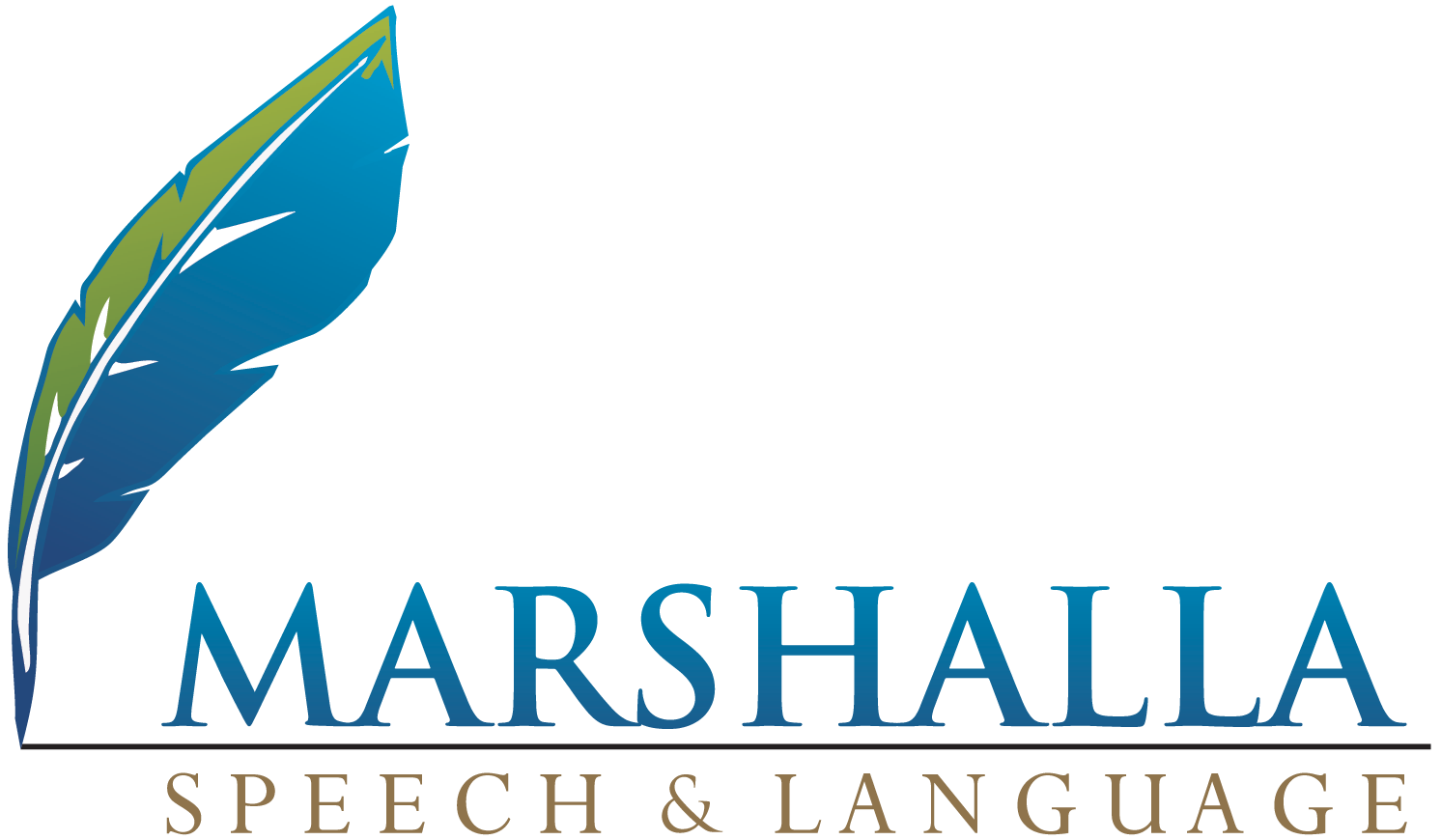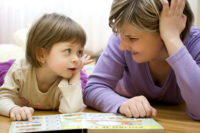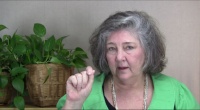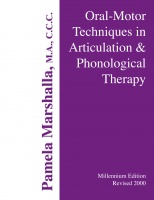Q: What is your argument when others say that we should not be doing oral motor techniques because there are two different motor pathways, one for speech and one for simple movement? I agree that simple non-task-specific exercises (i.e., “non-speech oral-motor exercises” or NS-OME) do not help speech. This is what recent research demonstrates. For example, if one were to ask a child to move the jaw up-and-down as an “exercise,” this indeed would have nothing to do with speech….
Two Different Motor Pathways Argument
By Pam Marshalla



